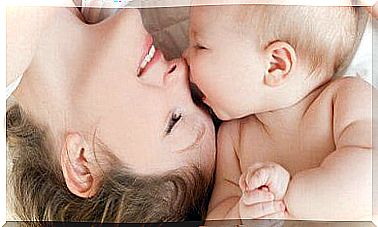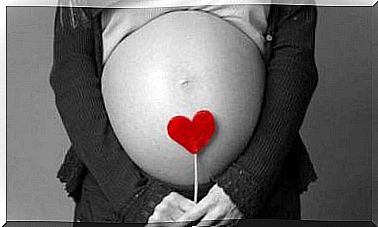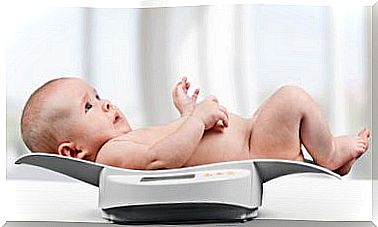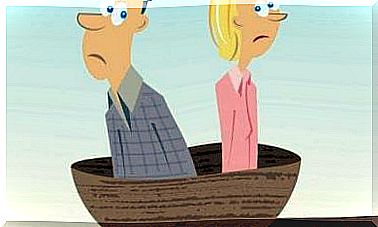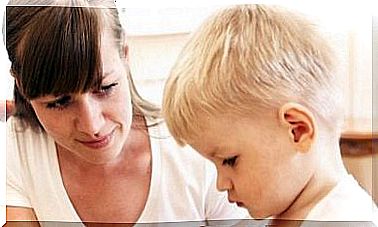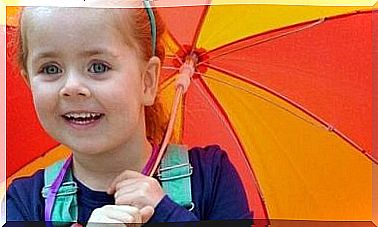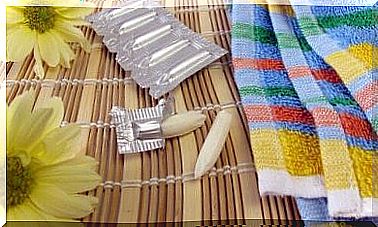What Is A Visual Agenda With Pictograms?
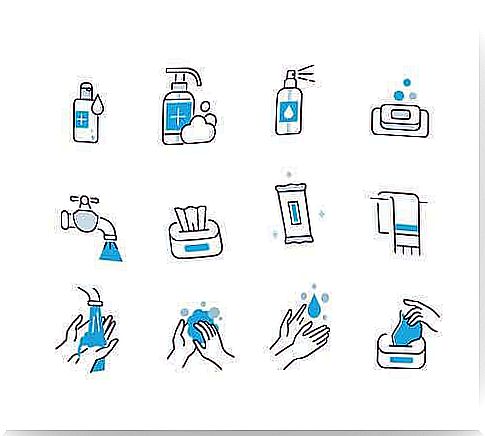
The visual agenda with pictograms is a very useful tool for children with autism spectrum disorder (ASD). Do you know how to use it? In this article we explain it to you.
Before we begin, you should know that autism spectrum disorder is a neurodevelopmental disorder. This is mainly characterized by the manifestation of difficulties in two areas: communication and social interaction, which affect the flexibility of thought and behavior.
In addition, in many cases, a significant alteration in language development can also be observed. For this reason, it is useful to use pictograms as a communication system with children suffering from this disorder.
What is a visual agenda with pictograms?
The visual agenda with pictograms is based on pictography, a graphic writing in which a graphic sign represents an object. Concretely, this diary is a kind of notebook in which there is space to place certain images or illustrations that represent, in a simple and clear way, objects, people, actions, feelings, situations, etc.
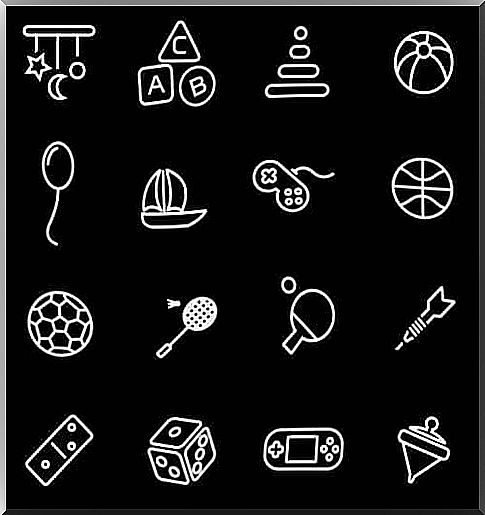
Pictograms are also used for other purposes, for example in warning signs. In addition, photos of family members and people known to the child, such as teachers or family friends, can also be used.
The purpose of the visual agenda is to visually anticipate the activities that will be carried out at a specific time. This methodology is ideal for many children with autism spectrum disorder, since, due to the mental rigidity that characterizes them, they usually need anticipation and planning, to better understand what is happening around them.
Therefore, these programs can be used in various contexts of his daily life, such as:
- Home : anticipate all the tasks that need to be done during the daily routine (shower, breakfast, brushing teeth, going to school, etc.).
- School : anticipate the activities that take place during the school day.
- Therapy : anticipating what will be done and the aspects that will be focused on during the session.
Procedure for using the visual diary with pictograms
To use the visual diary with pictograms correctly, you need to follow the following steps:
- Spend a few minutes using the agenda at the start of the day, school day or therapy session, depending on the context in which it will be used.
- At this point the parents, the teacher and the therapist will have to choose together with the child the pictograms that represent the activities that will be carried out during the day, the school day or the therapy session.
- Place the pictograms on the agenda.
- Read the pictograms aloud so that the child is familiar with the order of the activities to be followed.
This way, the child will put the information in his head in order and feel safer because he knows what will happen at any moment. In children with ASD, such a procedure contributes to their daily peace of mind.
Other utilities of pictograms
Visual agendas with pictograms can be used for other purposes, such as:
- Organize the weekly and monthly calendar of activities.
- Represent important events (birthdays, holidays, etc.)
- Allow the child to convey and express their emotions and feelings at a certain time of day.
- Anticipate what will be done during the week.
- List the meals of the day, whether for lunch, snack or dinner.
- Remember which school books to put in your backpack, based on the subjects scheduled on the various days of the week.
